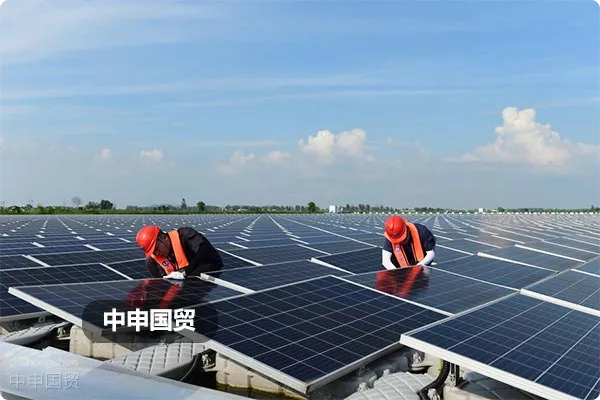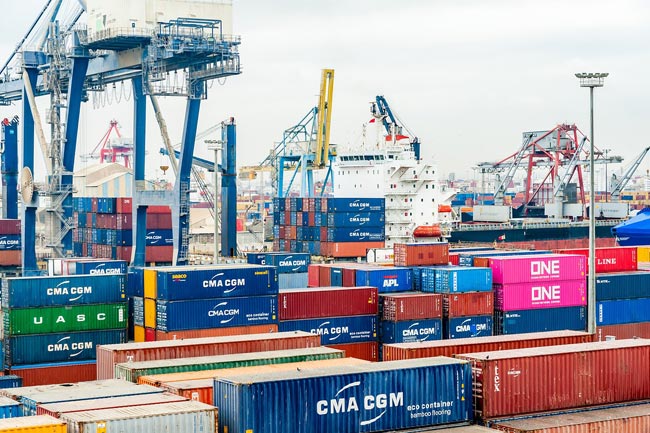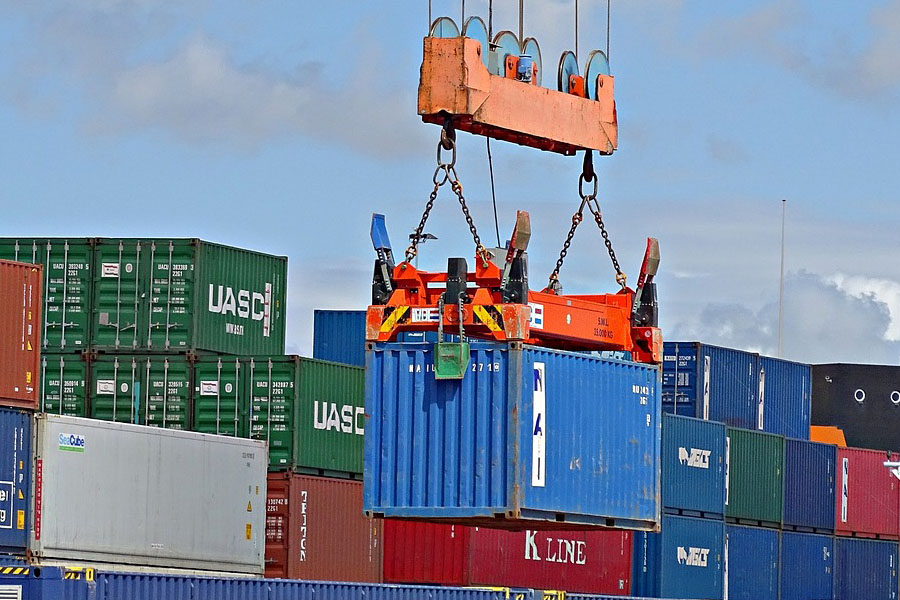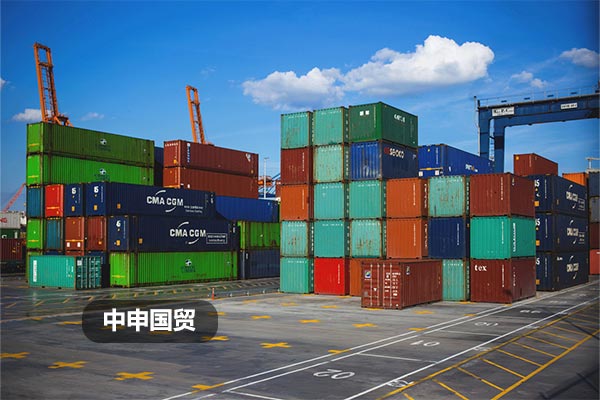- Shanghai Zhongshen International Trade Co., Ltd. - Two decades of trade agency expertise.
- Service Hotline: 139 1787 2118
Recently,photovoltaicThe industrys expansion wave has raised concerns about overcapacity. Although Chinas dual-carbon goals have propelled photovoltaics into super-growth, even the widest track cant accommodate sudden massive traffic. Regardless of growth potential, cyclical patterns remain inevitable, with periodic overcapacity always possible.
Since last year, with the pace of capacity expansion, the stock prices of photovoltaic enterprises have been declining all the way. The clouds of overcapacity and low - price competition have been hanging over the industry. We have had a deep - seated pain regarding overcapacity in the photovoltaic industry. From 2008 to 2012, the photovoltaic industry advanced by leaps and bounds. More than 300 cities across the country launched photovoltaic projects. Photovoltaic enterprises scrambled to expand, leading to serious overcapacity. In the following years, more than 300 photovoltaic enterprises went bankrupt, the entire industry was in a mess, and some local investments were in vain.
After this expansion wave, many companies will inevitably be eliminated. As one leading PV founder noted: Financially fragile companies, those lacking technological leadership or established brand channels may suffer first - their survival through this reshuffle remains questionable.
Facing more intense market competition, some leading enterprises have taken active countermeasures. Some enterprises choose to optimize their own capacity layout and ratio by connecting upstream and downstream links such as high - purity polysilicon, silicon wafers, battery cells, and components, improving the competitive advantage of the integrated industrial chain and enhancing their profitability. Some enterprises promote diversified business layouts and expand new spaces in fields such as hydrogen energy, energy storage, and building - integrated photovoltaics. Some enterprises also increase the intensity of setting up factories overseas to enhance their global operation capabilities.
Only the finest gold remains after the sand is washed away. Judging from the development of the photovoltaic industry over the past 20 years, due to the rapid iteration of photovoltaic technology and products, the built - in and planned - under - construction capacities of the photovoltaic industry have long been in a state of overcapacity far exceeding market demand, but advanced capacity often appears insufficient. During this period, each industrial adjustment is a market baptism of survival of the fittest. It is the intense market competition and round - after - round industry reshuffling that force enterprises to innovate continuously and make technological progress, ultimately leading to a rapid decline in the cost of photovoltaic power generation. Intense market competition is undoubtedly conducive to forging better enterprises and industries.
Facing potential overcapacity and cyclical changes, PV companies must seize opportunities while strengthening risk awareness - using organizational stability to counter external uncertainties, building competitiveness amid surplus, and developing cyclical resilience. Maintain clear judgment during expansion, ensuring market demand matches capacity growth. Transform development models through M&A and optimization, supported by sound finances and risk controls. Moreover, industry leaders should maintain stable PV supply chains, participate rationally per dual-carbon goals, and establish long-term cooperation through alliances, contracts, technical partnerships and cross-shareholdings to avoid惡性競(jìng)爭(zhēng) and monopolies.
The end - game of the photovoltaic race lies in innovation. The purpose of photovoltaic technology research is to achieve the best performance at the least cost. Since the birth of photovoltaic power generation technology, relying on technological innovation,solarthe battery conversion efficiency has been continuously improved, and photovoltaics has also become the renewable energy with the fastest cost reduction in the past decade or more, completely getting rid of the subsidy dependence. We look forward to another real technological breakthrough and industrial revolution in the photovoltaic industry, thus further promoting humanitys progress on the path of energy transformation.

Related Recommendations
? 2025. All Rights Reserved. Shanghai ICP No. 2023007705-2  PSB Record: Shanghai No.31011502009912
PSB Record: Shanghai No.31011502009912










